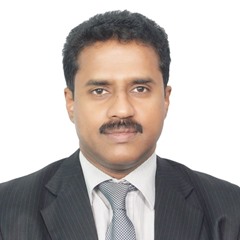Global primary energy demand is projected to increase by 18% by 2050, with natural gas emerging as the second-fastest-growing energy source after renewables, according to Mohamed Hamel, Secretary-General of the Gas Exporting Countries Forum (GECF).
He was participating in the ‘15th IEA-IEF-Opec Symposium on Energy Outlooks’, at the King Abdullah Petroleum Studies and Research Centre (KAPSARC) in Riyadh recently.
Hamel presented key insights from the forthcoming GECF Global Gas Outlook, scheduled for release on March 10.
He underscored the fact global gas demand is expected to rise by 32% by mid-century, with no peak in sight before 2050—driven largely by developing economies, and by the shift from traditional biomass to LPG for cooking, coal-to-gas switching, stabilisation of renewable-heavy power grids, petrochemicals, and fertilisers for food security.
He noted the emerging influence of artificial intelligence on energy demand, citing its impact on data centre power consumption and total factor productivity.
However, Hamel cautioned that it is still too early to fully assess AI’s long-term effects on the economy, employment, and consumption patterns.
Turning to investment needs, Hamel emphasised that cumulative capital requirements for upstream and midstream natural gas infrastructure are estimated at $11tn. He warned that halting investments could lead to supply shortages and extreme market volatility.
Hamel also covered supply, trade, investments as well as emissions. He stated: "While a significant decline of greenhouse emissions is expected, we do not see a realistic pathway to net-zero by 2050."
He stressed that carbon capture, utilisation, and storage (CCUS), along with direct air capture (DAC), will be essential to achieving net-negative emissions, which are essential for limiting global temperature rise to below 2C by 2100.
GECF secretary-general concluded by reaffirming: "Natural gas is not merely a bridge to the future—it is a key pillar of the energy future."
Business
Cumulative capital requirements for upstream, midstream natural gas infrastructure estimated at $11tn: Hamel

Mohamed Hamel speaking at the ‘15th IEA-IEF-Opec Symposium on Energy Outlooks’, at the King Abdullah Petroleum Studies and Research Centre in Riyadh recently.



